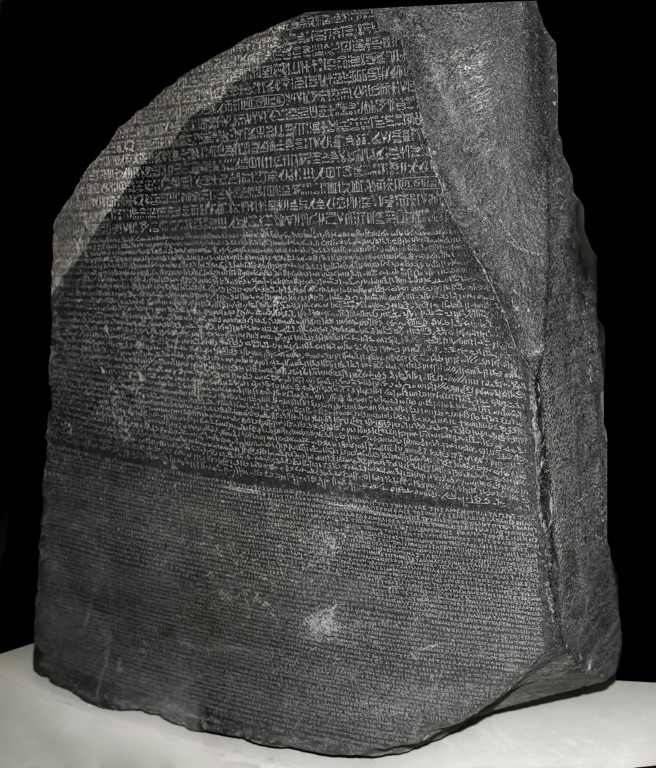The Rosetta Stone, discovered in 1799, is a granodiorite stele inscribed with three versions of a decree issued in Memphis, Egypt in 196 BC during the Ptolemaic dynasty. The top and middle texts are in Ancient Egyptian using hieroglyphic and Demotic scripts respectively, while the bottom is in Ancient Greek. The Rosetta Stone provided the key to deciphering these scripts, particularly the hieroglyphs, which had been a mystery to scholars. This breakthrough significantly contributed to the understanding of ancient Egyptian civilization and its language.
Ancient Artifacts
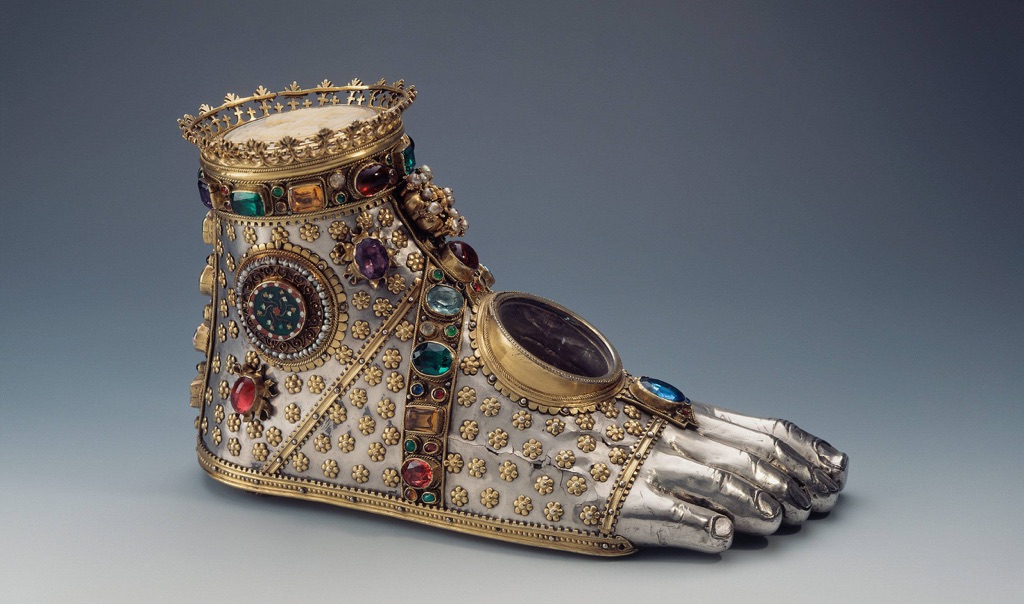
Moving to the East, ancient China artifacts like bronze vessels and oracle bones shed light on the rituals and governance of early Chinese dynasties. These artifacts highlight China’s long history of craftsmanship and written language. Similarly, ancient Egyptian artifacts are world-renowned, particularly for their funerary art, such as the treasures from King Tutankhamun’s tomb. These pieces reflect the Egyptians’ beliefs about death and the afterlife. Artifacts are not just old objects to be displayed in museums; they are keys to unlocking the secrets of human development across the ages. They preserve the ideas and values of people who lived thousands of years before us. Through careful study, they teach us about our collective history and heritage.
Among the most famous ancient artifacts in the world is the Rosetta Stone. Discovered in 1799, this granodiorite stele was the key to understanding Egyptian hieroglyphs—a script made of small pictures that was used originally in ancient Egypt for religious texts. The Rosetta Stone is inscribed with a decree issued at Memphis in 196 BC on behalf of King Ptolemy V. The decree appears in three scripts: the upper text is Ancient Egyptian hieroglyphs, the middle portion Demotic script, and the lower Ancient Greek. Because it presents essentially the same text in all three scripts, it provided the crucial link for scholars to decipher Egyptian hieroglyphs, thereby opening a window into ancient Egyptian history.
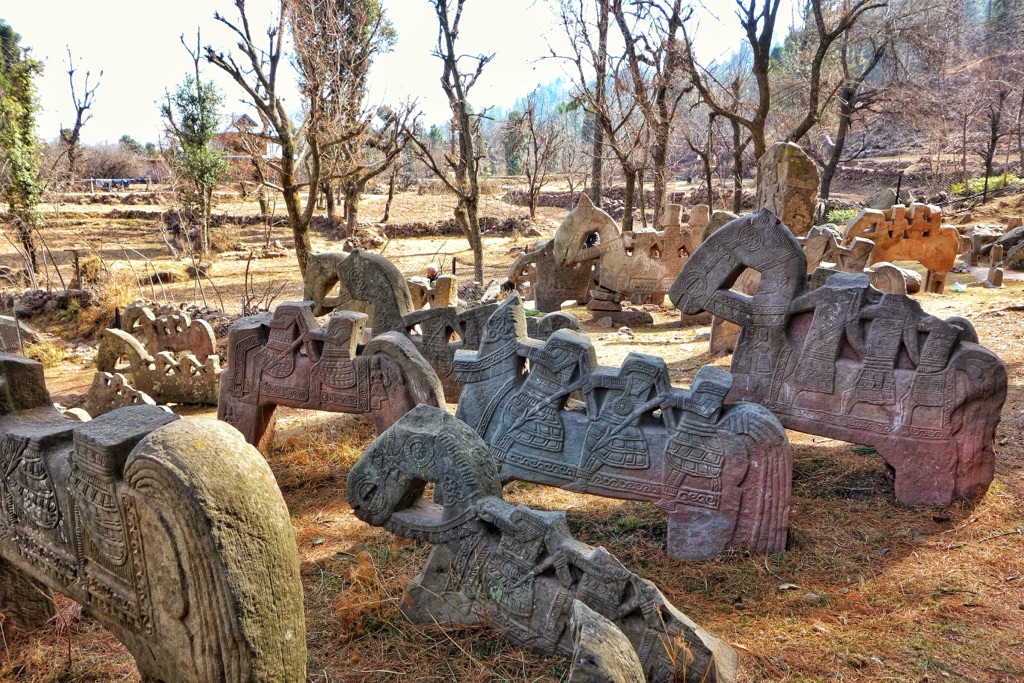
The title of the oldest artifact on earth goes to the stone tools found in Lomekwi 3, Kenya, which date back to 3.3 million years ago. These tools predate the earliest known humans and suggest that tool-making was a part of our pre-human ancestors’ way of life. These ancient tools mark a significant milestone in human evolutionary history, indicating the beginnings of technology and innovation. They are not just simple objects; they represent the dawn of human ingenuity and the very first steps towards the complex societies we have today.
An ancient artifact can be defined as any item made or used by humans in ancient times that has cultural, historical, or archaeological significance. These artifacts can range from monumental structures like the pyramids of Egypt to small, everyday objects like Roman coins. They can include items as diverse as weapons, clothing, and artwork. Each artifact, no matter its size or apparent significance, offers a glimpse into the lives of those who came before us, providing evidence of past behaviors, beliefs, and social structures.
Famous ancient artifacts not only include monumental finds like the Rosetta Stone or the treasures of Tutankhamun’s tomb but also the Terracotta Army of China, the Dead Sea Scrolls, and the Venus of Willendorf. The Terracotta Army, buried with the first Emperor of China, Qin Shi Huang, consists of thousands of life-sized figures meant to protect the emperor in the afterlife. The Dead Sea Scrolls, discovered in a series of caves near the Dead Sea, are ancient Jewish texts that offer invaluable insight into the history of Judaism and the early text of the Bible. The Venus of Willendorf, a small Paleolithic figurine discovered in Austria, dates back to about 28,000 BCE and is thought to represent fertility. Each of these artifacts, in its own way, has reshaped our understanding of human history, offering evidence of the complexity, diversity, and ingenuity of ancient civilizations.
List of Discovered Ancient Artifacts
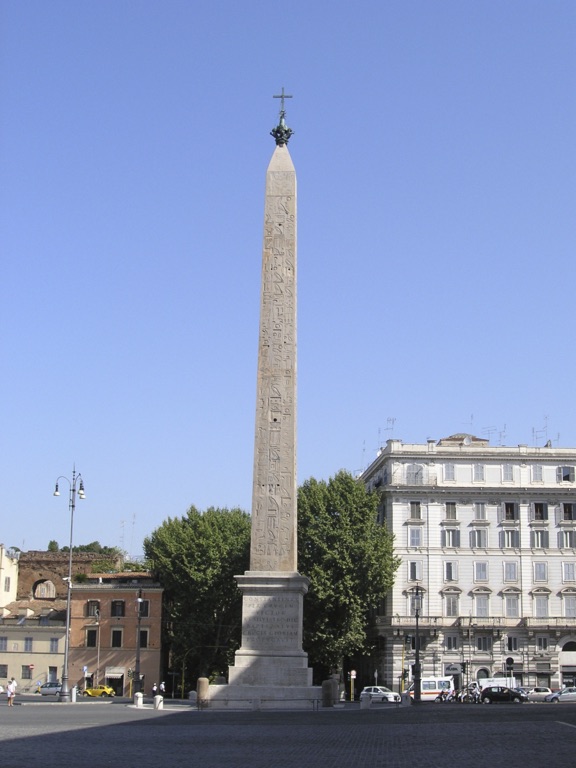
Lateran Obelisk
The Lateran Obelisk is a monumental structure with a rich history that dates back to the ancient Egyptian civilization. Originally erected by Pharaoh Thutmose III in the 15th century BC, it is the largest standing ancient Egyptian obelisk in the world, and it has also been the longest standing. The obelisk was moved to Rome in the 4th century AD by the Roman Emperor Constantius II, and it has stood in the Piazza San Giovanni in Laterano since then. This monolithic structure, with its inscriptions and symbols, provides a fascinating glimpse into the past, revealing insights about the era and culture in which it was created.
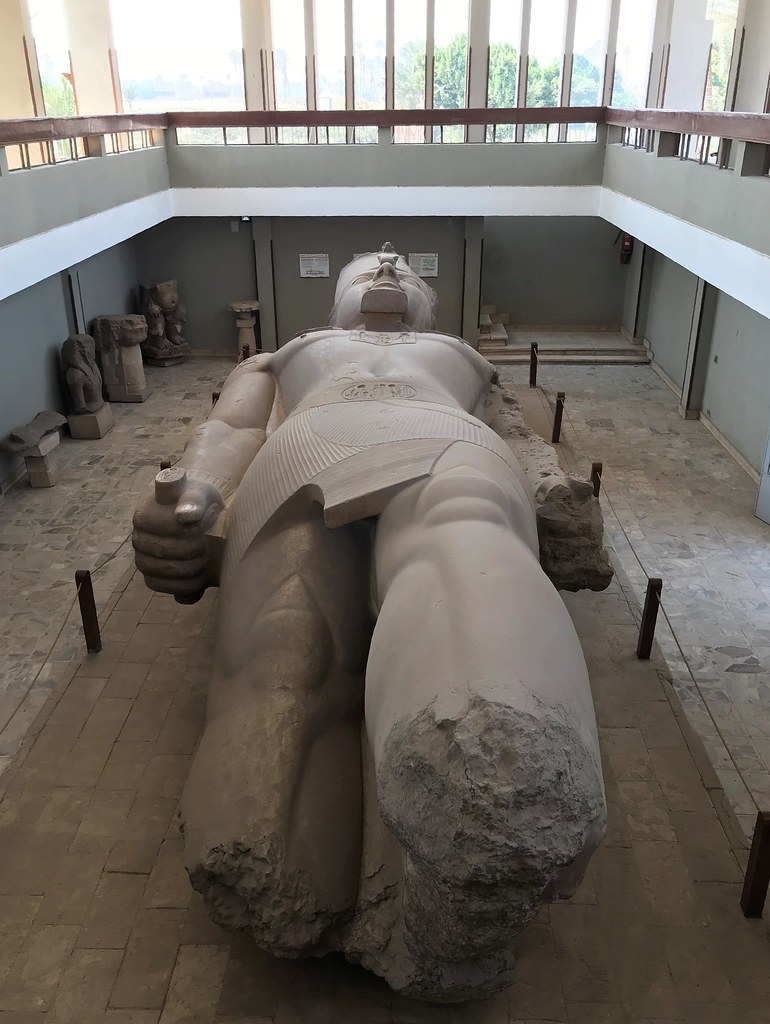
Colossal Statue of the Rameses II from Memphis
The Statue of the Pharaoh Rameses II in Memphis is a significant historical artifact that stands as a testament to the power and influence of one of Egypt’s most famous pharaohs. Located in the ancient city of Memphis, the statue was carved from a single piece of limestone and is one of the largest pieces of Egyptian sculpture in existence. It was created during the reign of Rameses II, who ruled Egypt for 66 years in the 13th century BC. The statue, which was discovered in 1820, is a significant piece of Egypt’s rich history and provides insight into the reign of Rameses II and the cultural and religious beliefs of the time.

The Goujian Sword
The Goujian sword is a historical artifact that hails from ancient China. Named after the King of Yue, Goujian, it is believed to have been created during the Spring and Autumn period (771 to 403 BC). The sword was discovered in 1965 in a tomb in Hubei, China, and is renowned for its remarkable state of preservation, sharpness, and intricate craftsmanship. It is a symbol of ancient Chinese metallurgy and sword-making techniques, as well as a significant cultural artifact in Chinese history.
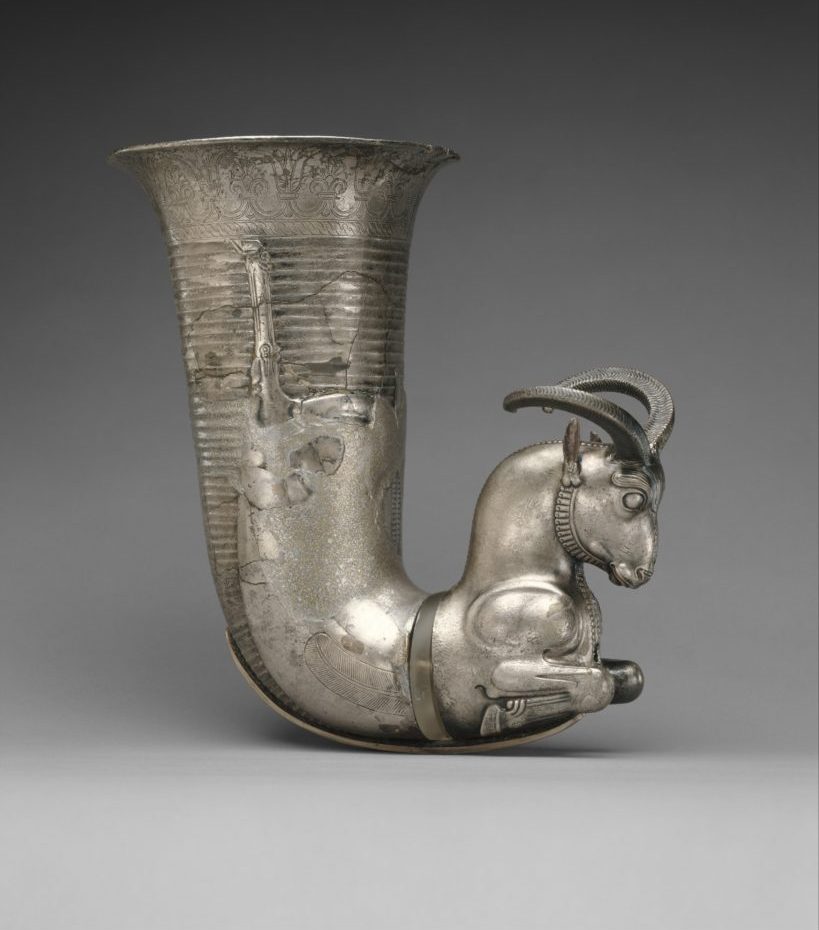
The Achaemenid Silver Rhyton
The Achaemenid Silver Rhyton is a significant artifact from the Achaemenid Empire, which was a vast and powerful empire in ancient Persia from 550-330 BC. The rhyton, a ceremonial drinking vessel, is an exquisite example of the artistic craftsmanship and aesthetic sophistication of this period. It is made of silver and intricately decorated with motifs and scenes that provide valuable insights into the culture, beliefs, and practices of the Achaemenid people.
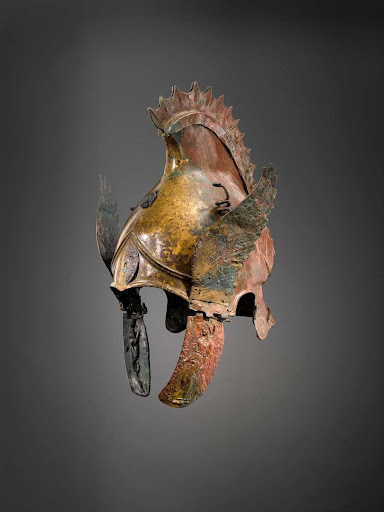
The Bronze Winged Helmet Of Phrygian Chalcidian
The Bronze Winged Helmet of Phrygian Chalcidian is a captivating artifact from ancient times. This remarkable piece of headgear, dating back to the 4th century BC, is a testament to the advanced craftsmanship of the Phrygian civilization. Its unique design combines elements of both Phrygian and Chalcidian styles, with its most striking feature being the ornate bronze wings. This helmet offers a fascinating glimpse into the past, revealing insights into ancient warfare, culture, and artistry.

